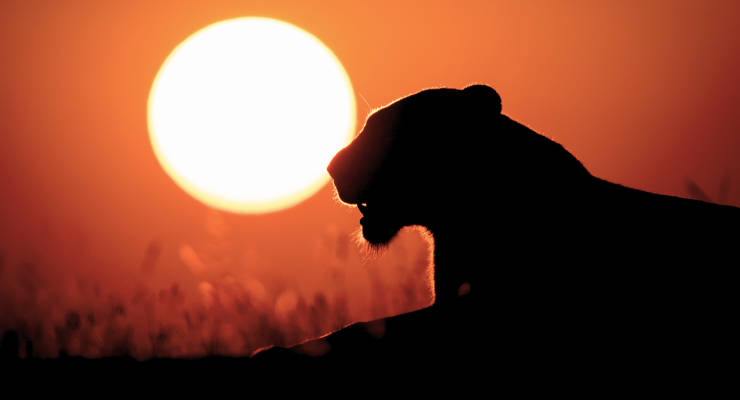Address
304 North Cardinal St.
Dorchester Center, MA 02124
Work Hours
Monday to Friday: 7AM - 7PM
Weekend: 10AM - 5PM
Address
304 North Cardinal St.
Dorchester Center, MA 02124
Work Hours
Monday to Friday: 7AM - 7PM
Weekend: 10AM - 5PM




In the sprawling wildernesses and dense jungles of our planet, a silent revolution is unfolding. As we look into the world of wildlife conservation, we find that artificial intelligence (AI) is emerging as a powerful ally in the effort to monitor and protect endangered species.
For me, it’s been interesting to learn about the role of AI in safeguarding our wildlife, from tracking animals using image recognition to the conservation initiatives that are shaping the future of our planet.
AI-driven image recognition is a game-changer for wildlife conservation. Trail cameras and drones equipped with AI algorithms can identify and track animals based on distinctive features. This technology allows researchers to monitor elusive and endangered species more effectively.
AI extends its listening prowess to the animal kingdom. Sound recordings from remote microphones can be analyzed to identify species and track their movements by recognizing unique vocalizations. It’s a symphony of data helping protect endangered voices in the wild.
AI excels at predicting and preventing wildlife threats. By analyzing historical data and environmental factors, AI helps conservationists anticipate poaching activities, habitat degradation, and other dangers, enabling proactive conservation efforts.
AI-powered drones and autonomous vehicles are changing the landscape of wildlife protection. They patrol vast areas, detect illegal activities, and relay real-time data to law enforcement agencies, leading to faster response times.
For a glimpse of AI’s transformative impact in a different domain, my article on The Impact of AI on Marketing and Its Benefits explores how AI is reshaping marketing strategies and customer experiences. It’s a testament to the versatility of AI technology.
As AI continues to evolve, its role in wildlife conservation becomes increasingly vital. It empowers us to protect our planet’s most vulnerable inhabitants, granting hope for a future where endangered species thrive, ecosystems flourish, and the beauty of our natural world endures.
It’s important to recognize that the conservation community has long embraced technology as a tool for protecting our planet’s biodiversity. From satellite imagery tracking deforestation to the discreet clicks of camera traps capturing elusive creatures, technology has played a crucial role in understanding and safeguarding our natural world.
So as we examine artificial intelligence (AI) and its transformative potential in conservation efforts, we witness the dawn of a new era, where AI’s data-processing capabilities and analytical precision are revolutionizing how we monitor and protect endangered species. It builds upon a rich legacy of technological innovation in the service of conservation.
To learn more about Artificial Intelligence and Conservation, visit the World Wildlife Fund’s page: Artificial Intelligence and Conservation
Wildlife conservation groups have been using technology for many years to aid in their efforts to protect endangered species and preserve natural habitats. While the application of artificial intelligence (AI) and advanced technologies in wildlife conservation may be relatively new and rapidly evolving, the use of technology itself is not a recent development. Here are some ways in which technology has been employed in past wildlife conservation efforts:
While these technologies have been instrumental in advancing wildlife conservation efforts, the integration of AI and machine learning into conservation practices represents a newer frontier. AI offers the potential to process and analyze vast amounts of data more efficiently, recognize patterns, and provide real-time insights, ultimately enhancing the effectiveness of conservation initiatives.
So wrapping it up, AI in wildlife conservation is more than just technology; it’s a lifeline for countless species on the brink of extinction. As we harness the power of AI to safeguard the wild kingdom, we pave the way for a harmonious coexistence between humanity and nature. This is a testament to our commitment to protect the magnificent biodiversity that graces our planet.
To get help with your marketing and copywriting needs, visit: CrossCopywriting.com